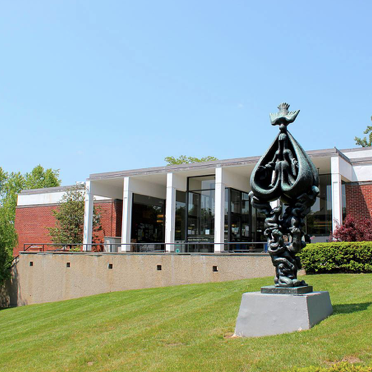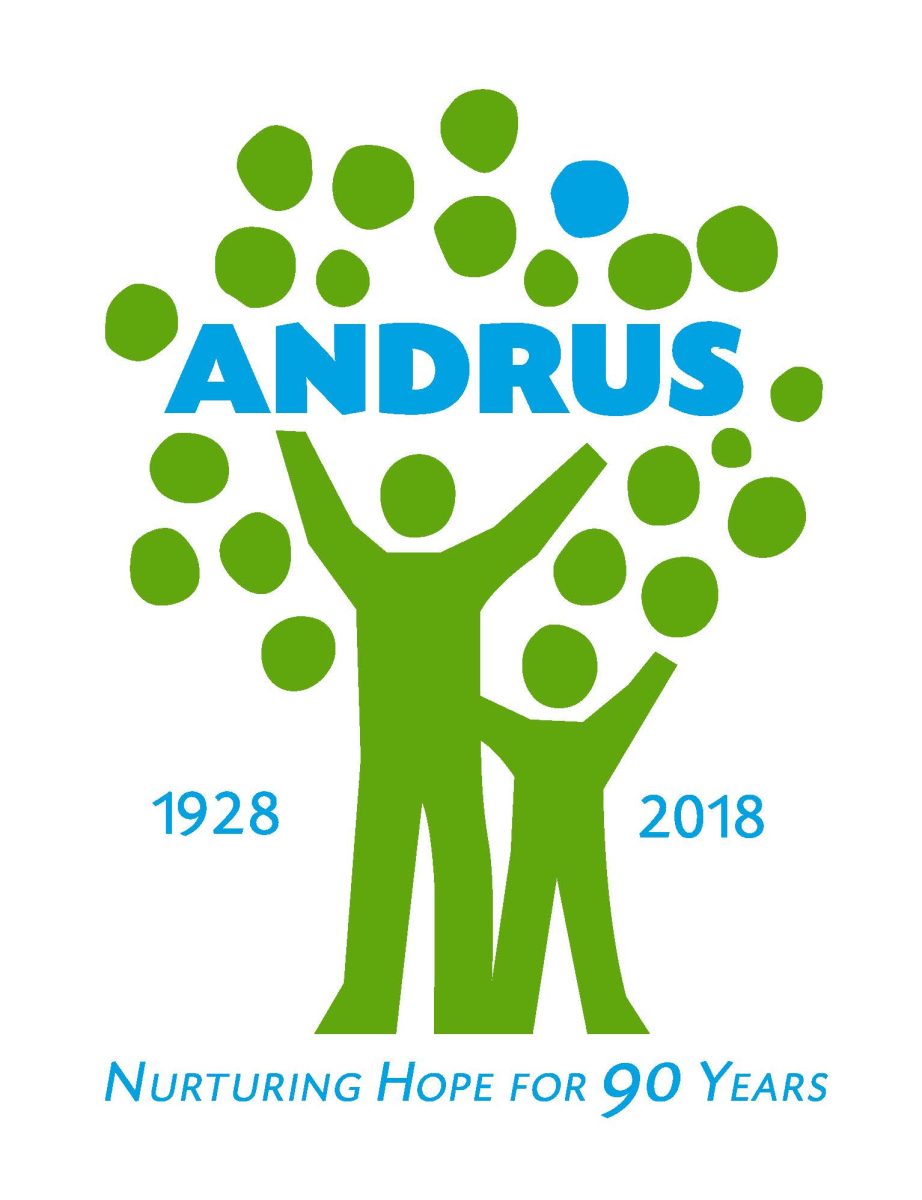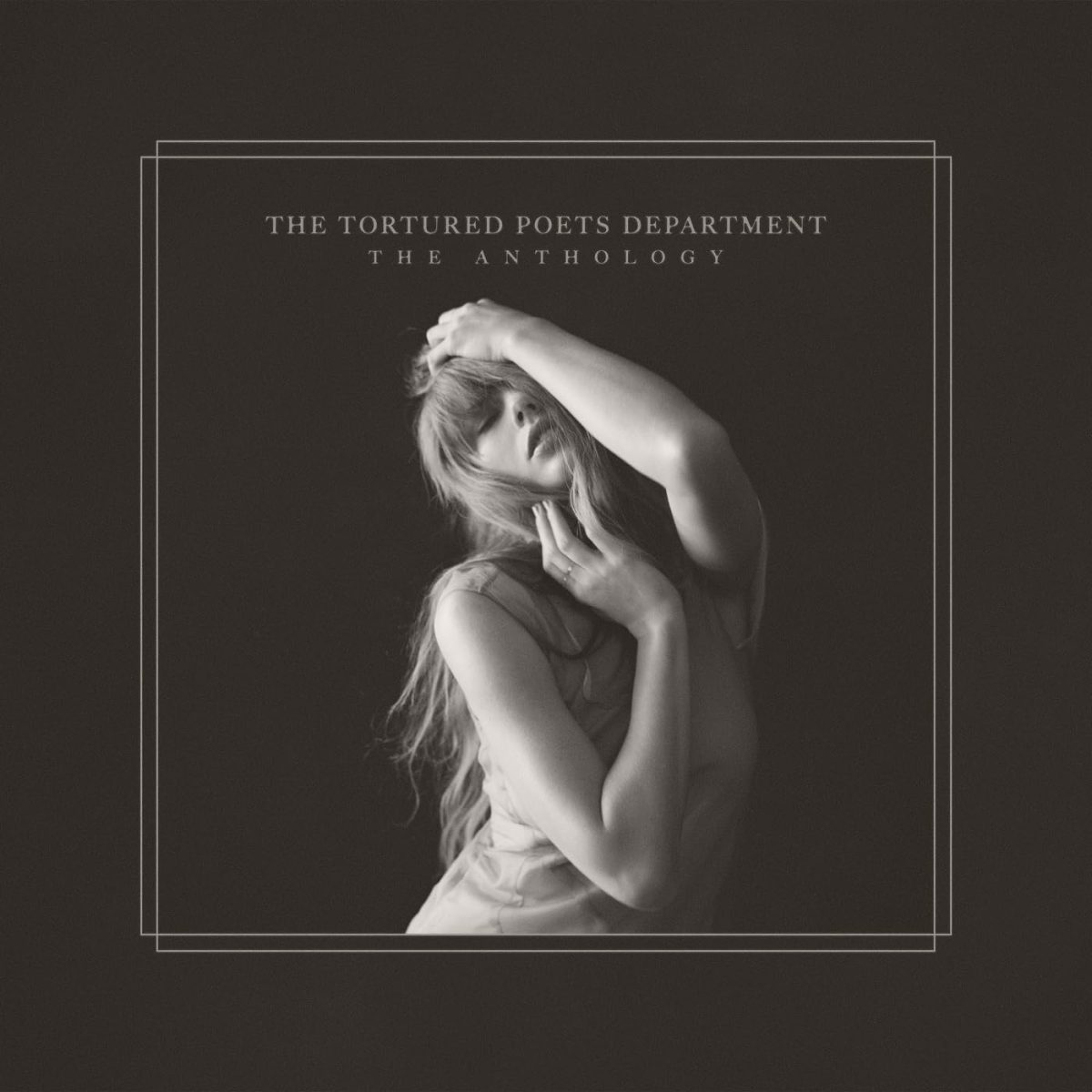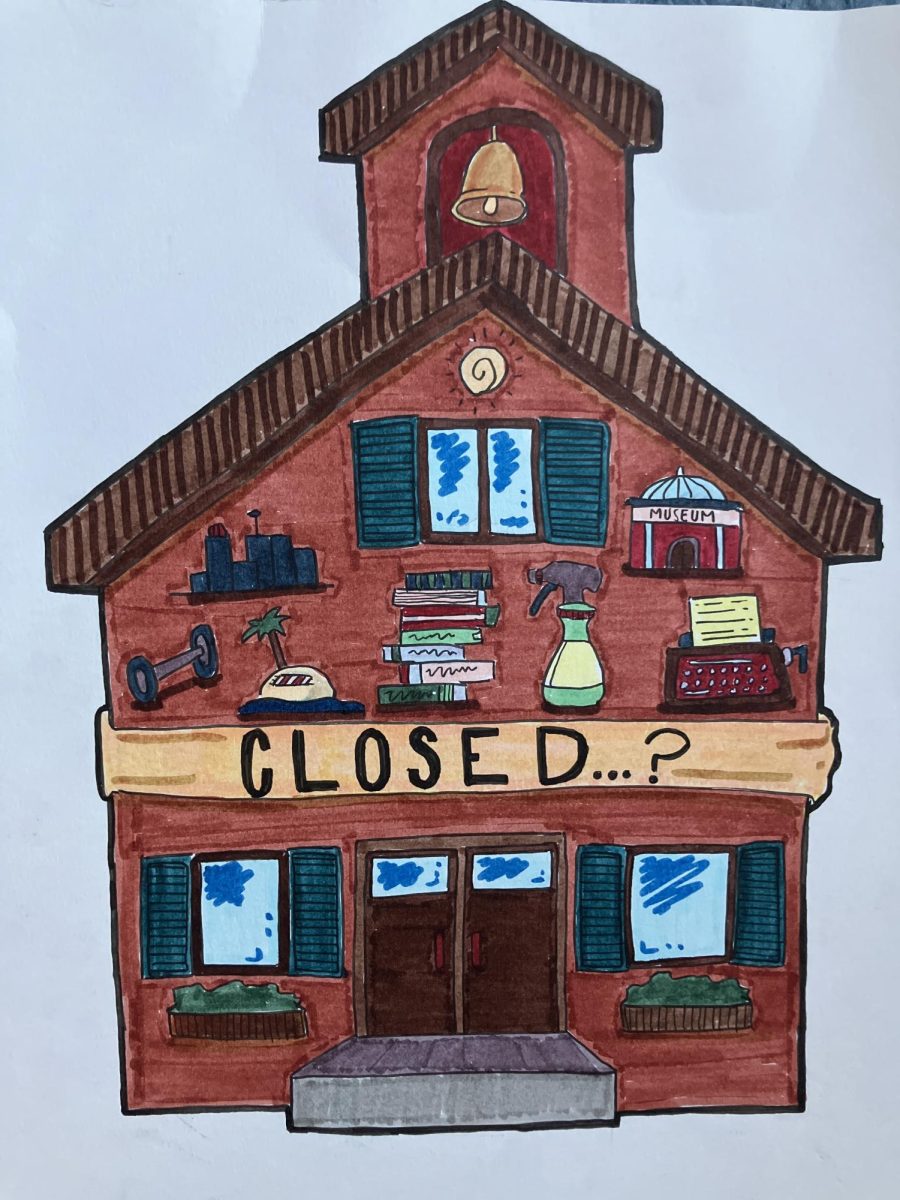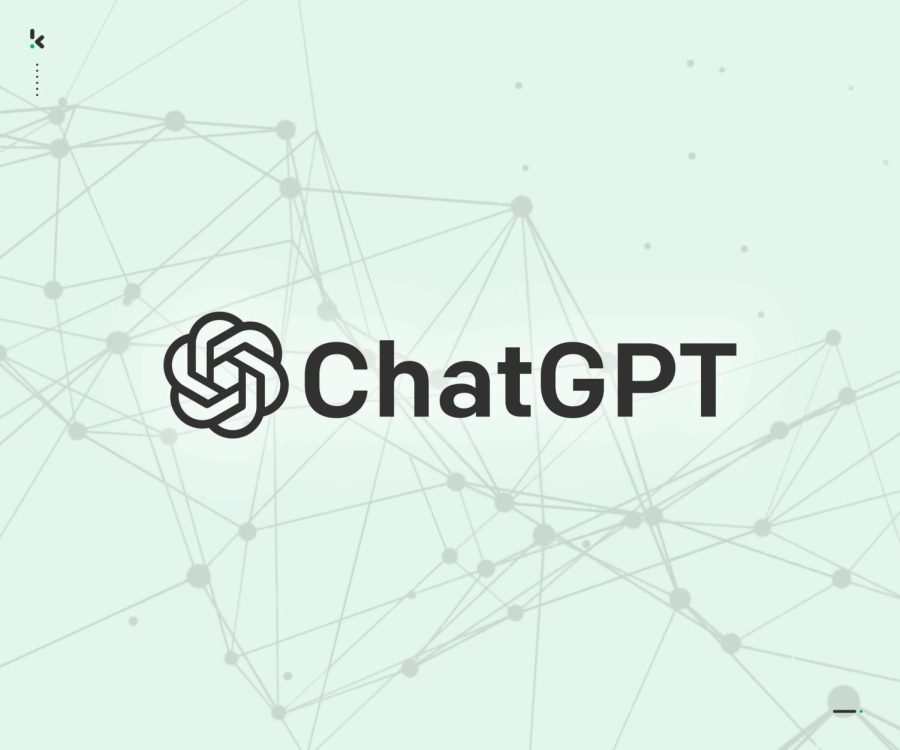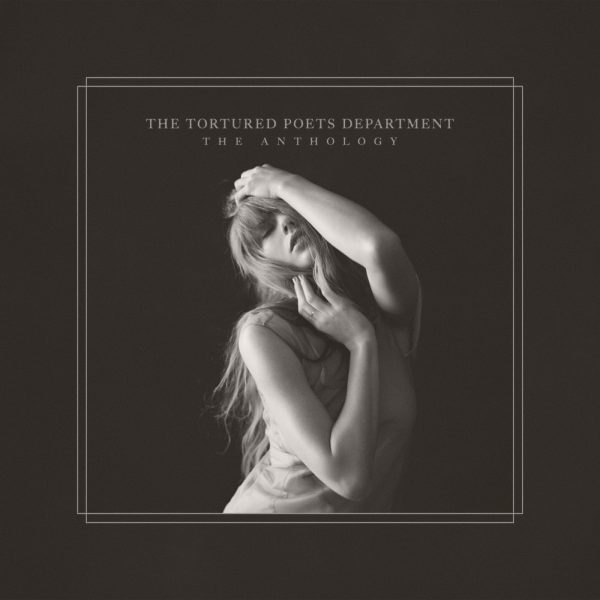ChatGPT: Is It As Bad As We Think?
April 20, 2023
When I wrote an article this past November on the future of technology in schools, I couldn’t have predicted the turn of events that would take place not even a month later. That turn of events was ChatGPT. Released on November 30 by OpenAI, ChatGPT is an artificial intelligence chatbot that can generate written responses based on prompts within seconds. ChatGPT’s capabilities are vast and rapidly expanding, ranging from creating simple text messages to writing song lyrics in a particular style.
Almost as soon as the program was released, people began to question its effect on school and education. The creation of a program that can generate responses that mimic how different levels of students write (and can even be told to include some mistakes in order to seem more realistic) calls into question the purpose of having grades based on writing assignments. But there are so many other functions that the technology can be used for.
In speaking to teachers across grade levels and disciplines at Hastings High School, one idea stood out: this latest development shouldn’t be dismissed offhand. Rather, it should be used to better students’ education.
The general consensus among the teachers who I spoke to is that students will get out of ChatGPT what they put into it. Faye Barenfeld, a science teacher at HHS, said, “the person who is operating ChatGPT has to have a very clear idea of what they want to produce.” If, for example, a student wanted ChatGPT to write them an essay exploring a certain theme in a novel, they would have to be able to properly explain to ChatGPT exactly what the theme is and how it applies to the book in order for the AI to generate a paper that follows what the student wants to express in their essay. This requires a certain level of knowledge on the student’s part before even entering the prompt. This is an unexpected advantage of the technology, one which teachers are hoping to use to help students who may be struggling with the writing process despite having great ideas.
Josh Blum, an English teacher, explained how this concept could be used for a paper: students create a list of points and quotes to include, give it to ChatGPT, and then see what the chatbot generates. Students assess the product and how they would change it, and then make the necessary edits.
ChatGPT can also be applied to learning concepts. One strategy that Greg Smith, a history teacher at HHS, is considering introducing into his class is the idea of using ChatGPT as a jumping off point for research. One method of this is entering a topic into the chatbot, printing out the notes it provides, and then doing further research to fill in the gaps. “I would grade that based on how well you can show me you can do more research than typing it into a box,” Smith explained.
Despite all of the exciting new possibilities of ChatGPT, the repercussions are too prominent to ignore. The main concern regarding chatbots are the all-too-real possibilities of students cheating on writing assignments, namely, copying large sections, or all, of what ChatGPT creates and submitting it as their own.
Some teachers are finding ways to confront this. Although Peter Scotch, an English teacher, admits that “[teachers] all fear that it could entice students not to do any thinking,” he is finding ways to work with ChatGPT. In his class, students can use ChatGPT, but they have to cite it “just like they’d cite any other source that generates an idea.”
ChatGPT itself has been finding ways to combat people using the technology in dishonest ways. OpenAI is working on including a watermark on text generated by ChatGPT so that online programs can have a better chance of recognizing that ChatGPT wrote it. These watermarks are lists of words that show up more often than normally used in a piece of writing. The list of words are specific to each chatbot program, and the hope is that watermark detection programs will be able to flag sections of writing as having been lifted directly from ChatGPT. This is still not a widespread practice, however, so in the meantime teachers have to develop a sense of trust with their students.
The release of ChatGPT has provoked conversations about the essence of what it means to teach and learn effectively. Everyone, from teachers, to students, to administration, are still exploring boundless ways in which this new technology can be used. Cindy Greenberg, an English teacher, is “optimistic that the schools that ‘get it right’ will increasingly focus on teaching and testing creative skills rather than rote learning.”
